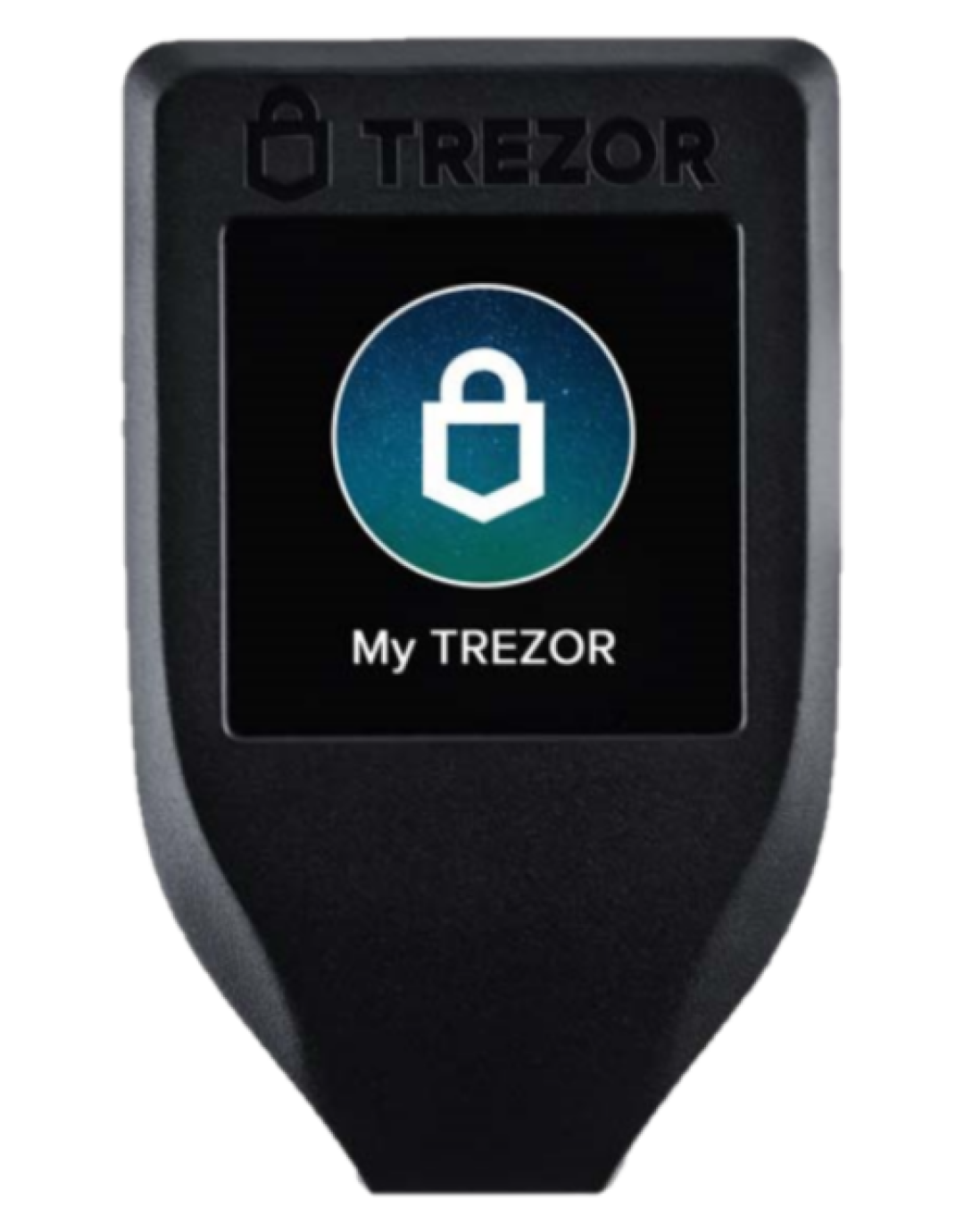 Ledger Nano X
Ledger Nano X
 Trezor Model T
Trezor Model T
NFT stands for Non-Fungible Token. Think of it as a digital badge of authenticity, proving ownership of a one-of-a-kind item, securely stored on a blockchain.
Unique and Indivisible
Non-Fungible: Unlike Bitcoin, where each coin is identical, every NFT is a unique snowflake, one-of-a-kind and irreplaceable.
Indivisible: You can't split an NFT into smaller parts. It's all or nothing—you own the whole digital asset or none of it.
Types of NFTs
Digital Art: Artists are selling their unique masterpieces as NFTs, turning digital art into rare collectibles.
Collectibles: From virtual trading cards to digital memorabilia, you can own a piece of the virtual world.
Gaming: Imagine owning rare in-game items like legendary skins, powerful weapons, or even virtual real estate—all as NFTs.
Music and Videos: Musicians and filmmakers are jumping on the NFT bandwagon, offering exclusive or limited edition content.
How NFTs Work
Blockchain Technology: NFTs are stored on blockchains like Ethereum, providing a transparent and secure ledger of who owns what.
Smart Contracts: These are self-executing agreements written in code, ensuring the smooth transfer of ownership when certain conditions are met.
Benefits and Challenges
Ownership and Provenance: NFTs offer verifiable proof of ownership and track the item's history, adding credibility.
Royalties: Creators can earn royalties from future sales, ensuring they benefit as their work gains value.
Environmental Concerns: The energy consumption of blockchain networks is a significant issue, raising concerns about the environmental impact.
In a nutshell, NFTs are shaking up the digital world, redefining ownership, and creating exciting opportunities for artists, gamers, and collectors alike.
Comments
Post a Comment
Have a question? Just ask in comment box, we're always here to help you.